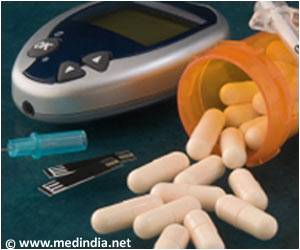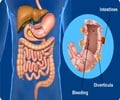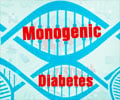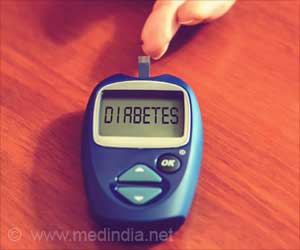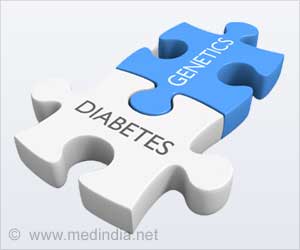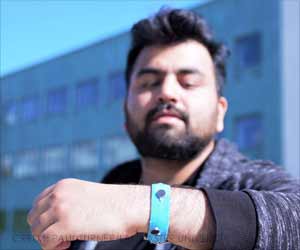Researchers have identified a new fingerprint of inflammation that may be able to predict which patients with obesity may develop type 2 diabetes.
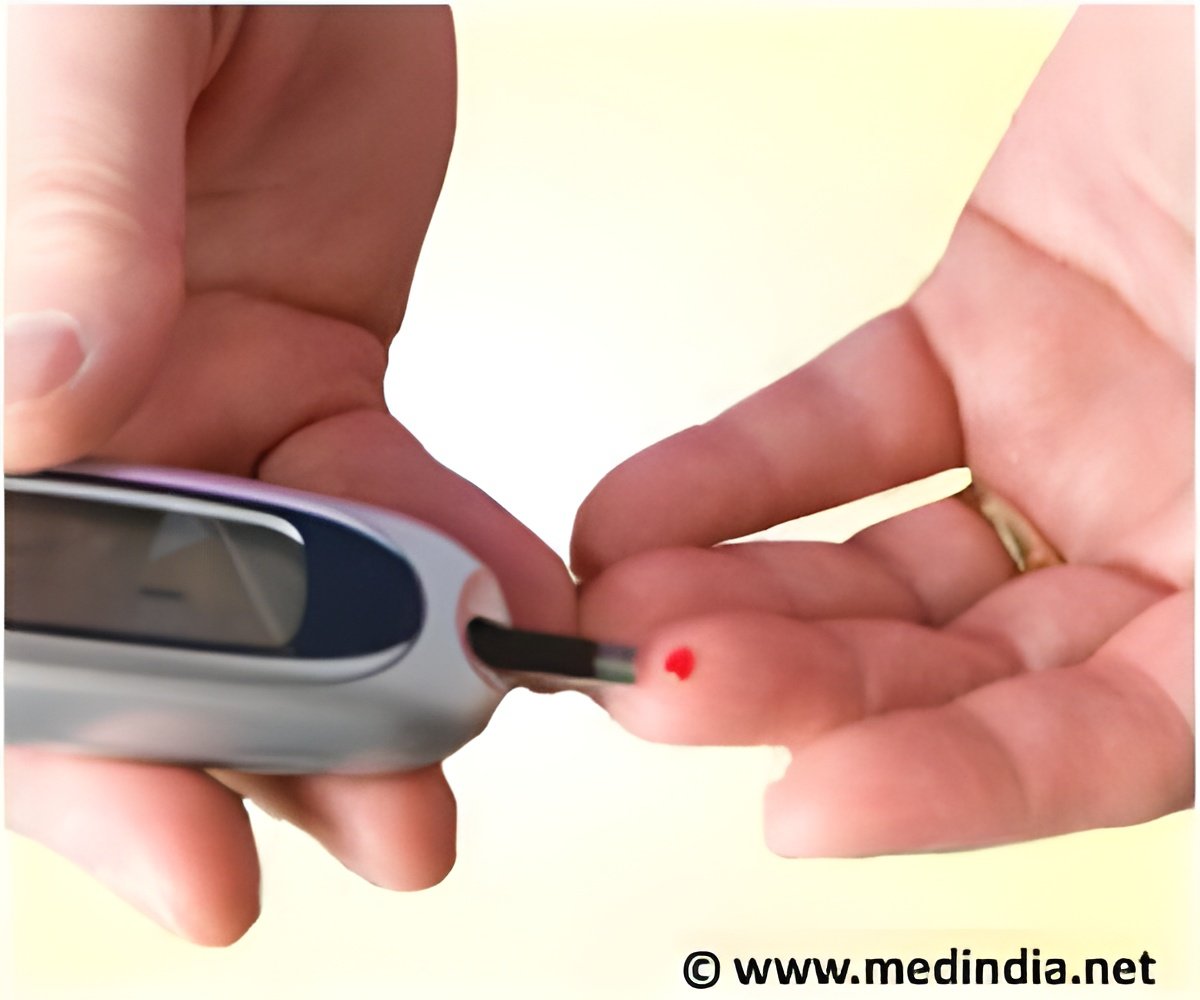
‘Boston University School of Medicine (BUSM) researchers have identified a new fingerprint of inflammation that may be able to predict which patients with obesity may develop type 2 diabetes.’





The researchers quantified inflammatory proteins from blood immune system cells and combined the measurements mathematically to identify dominant inflammatory proteins. Specifically, they identified Th17 cells, known to be involved in autoimmune diseases, as a dominant cell type in Type 2 diabetes. The researchers also demonstrated that another important immune cell, Th1, may be involved in the glycemic control aspect of Type 2 diabetes. "This newly identified fingerprint of inflammation relative to different traits of Type 2 diabetes may be an important new biomarker to predict the 75 percent of people with obesity who will become Type 2 diabetic, versus the 25 percent of people with obesity who remain metabolically healthy," explained Barbara Nikolajczyk, PhD, associate professor of microbiology at BUSM.
According to the researchers proteins that make up this fingerprint are also considered drug targets for future studies aimed at preventing the development of Type 2 diabetes in people with obesity.
Source-Eurekalert

